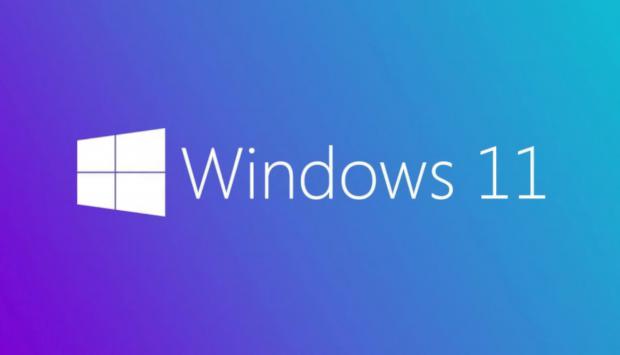
Breaking News
 Harbor Freight Coverpro 12x20 made into a Metal Building part 2
Harbor Freight Coverpro 12x20 made into a Metal Building part 2
 Brian Cole BUSTED, Halle Berry NUKES Newsom + Candace REJECTS TPUSA Challenge...
Brian Cole BUSTED, Halle Berry NUKES Newsom + Candace REJECTS TPUSA Challenge...
 I spent my Thanksgiving in the emergency rom... Medical emergencies can pop up at any time.
I spent my Thanksgiving in the emergency rom... Medical emergencies can pop up at any time.
 The "Golden Age" of Job Layoffs?
The "Golden Age" of Job Layoffs?
Top Tech News
 Build a Greenhouse HEATER that Lasts 10-15 DAYS!
Build a Greenhouse HEATER that Lasts 10-15 DAYS!
 Look at the genius idea he came up with using this tank that nobody wanted
Look at the genius idea he came up with using this tank that nobody wanted
 Latest Comet 3I Atlas Anomolies Like the Impossible 600,000 Mile Long Sunward Tail
Latest Comet 3I Atlas Anomolies Like the Impossible 600,000 Mile Long Sunward Tail
 Tesla Just Opened Its Biggest Supercharger Station Ever--And It's Powered By Solar And Batteries
Tesla Just Opened Its Biggest Supercharger Station Ever--And It's Powered By Solar And Batteries
 Your body already knows how to regrow limbs. We just haven't figured out how to turn it on yet.
Your body already knows how to regrow limbs. We just haven't figured out how to turn it on yet.
 We've wiretapped the gut-brain hotline to decode signals driving disease
We've wiretapped the gut-brain hotline to decode signals driving disease
 3D-printable concrete alternative hardens in three days, not four weeks
3D-printable concrete alternative hardens in three days, not four weeks
 Could satellite-beaming planes and airships make SpaceX's Starlink obsolete?
Could satellite-beaming planes and airships make SpaceX's Starlink obsolete?
Microsoft Officially Announces Windows 11

Microsoft has officially unveiled its new operating system, Windows 11. The next version of Microsoft's flagship operating system was finally revealed at Microsoft's "What's next for Windows" event, which the company has been teasing for weeks.
Now, the moment has finally arrived, and we know what Windows 11 is, how much Windows 11 will cost, and most importantly, when Windows 11 will launch.
What Is Windows 11?
Windows 11 is the latest version of Microsoft's operating system, taking over from Windows 10. Even though Microsoft made a song and a dance about Windows 10 being the last version of Windows ever and that everything after this would just be versions of Windows 10 with major updates, here we are: Windows 11.
Microsoft has been teasing a major reveal for weeks, with tweets, videos, and other social media posts referencing the number 11.
Microsoft is focusing on performance with Windows 11, especially in key areas. For example, one of the most interesting things that came out of the "What's next for Windows" event was that in Windows 11, Windows Updates are around 40 percent smaller than in Windows 10—that's a big change.
Furthermore, those updates will now take place predominantly in the background while the user works, consuming fewer resources and, in turn, making sure that each Windows Update doesn't require a period of downtime.
Although Windows Update has become much better towards the end of Windows 10 lifespan, it still catches everyone out from time to time.

 First totally synthetic human brain model has been realized
First totally synthetic human brain model has been realized Mach-23 potato gun to shoot satellites into space
Mach-23 potato gun to shoot satellites into space

